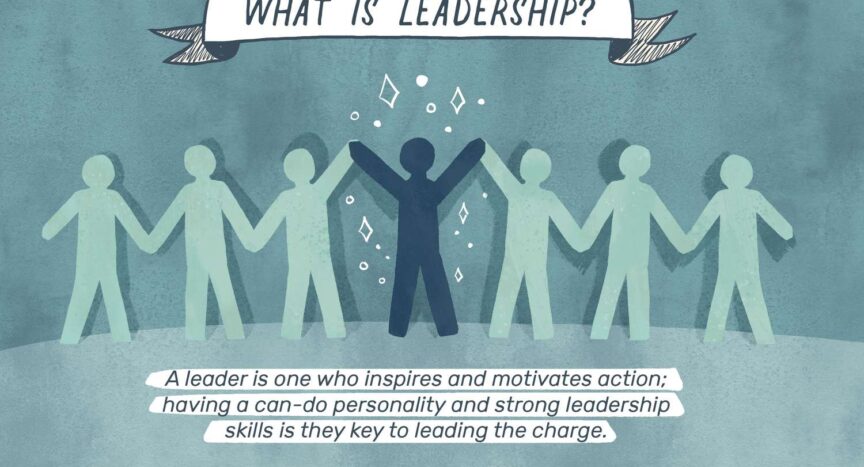Introduction:
Welcome back, leaders in the making! Today’s topic is an exciting exploration into the world of leadership styles. Understanding these styles is crucial for anyone stepping into a managerial role, as it helps you connect better with your team and guides your approach to various situations. So, let’s delve into the four predominant leadership styles!
The Four Leadership Styles:
- Autocratic Leadership:
- Characteristics: This style is defined by individual control over decisions, with little input from team members. It’s often seen in situations where quick and decisive action is needed.
- Pros and Cons: While it can be efficient, it may stifle creativity and reduce team morale.
- Democratic Leadership:
- Characteristics: Also known as participative leadership, this style involves team members in the decision-making process. It’s built on communication and understanding.
- Pros and Cons: It fosters team spirit and creativity but can be time-consuming in decision-making.
- Laissez-Faire Leadership:
- Characteristics: A hands-off approach where the team has a high degree of autonomy. The leader provides resources and advice as needed but does not closely supervise.
- Pros and Cons: It can lead to high job satisfaction but may result in a lack of direction or coordination.
- Transformational Leadership:
- Characteristics: This style is all about inspiring and motivating team members to exceed their expectations and capabilities. It focuses on big-picture goals and often involves a high level of enthusiasm and energy.
- Pros and Cons: Can lead to exceptional performance and innovation but may overwhelm some team members.
Identifying Your Style:
- Self-Reflection: Reflect on your natural inclinations. Do you tend to take charge and make decisions, or do you prefer to gather input from your team?
- Adapting Your Style: Remember, the best leaders adapt their style to fit the situation. For example, an autocratic style might be necessary in a crisis, while a democratic approach is better for brainstorming sessions.
Practical Application:
- Scenarios: Let’s look at some real-world scenarios where each leadership style can be effectively applied.
- Developing Flexibility: Tips on how to develop flexibility in your leadership style to suit different team dynamics and situations.
Conclusion:
There’s no one-size-fits-all in leadership, and understanding these four styles can help you become a more effective and adaptable leader. It’s about finding the right balance and knowing which style to apply in different circumstances.
Takeaway Activity:
- Leadership Style Self-Assessment: Conduct a self-assessment to identify your dominant leadership style. Then, think of a recent team interaction and consider if a different style could have yielded better results.
As we wrap up, remember that great leadership is a journey of continuous learning and adaptation. Stay curious, stay open, and most importantly, stay true to your unique leadership style!





